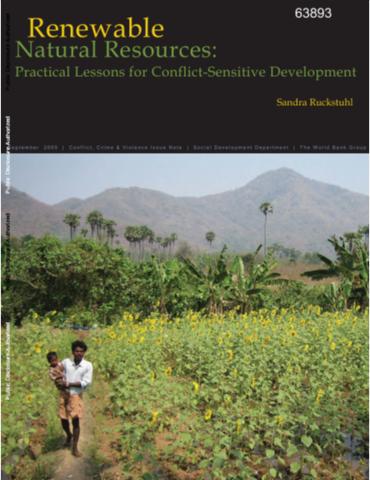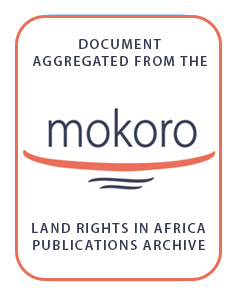Effects of cotton growing on household food Security in arid and semi-arid lands: the example of Barwessa division in Baringo district Kenya".
This study was motivated by the need to understand the interplay
between cotton farming in Barwessa and household food security
in the area.
The study was centered on three main objectives:
• To examine the extent to which subsistence farming is affected by
cotton,
• To identify the relationship between levels of household food security
in relation to income and expenditure,
• To investigate women's access to income from cotton production, their
food production and food security roles,







